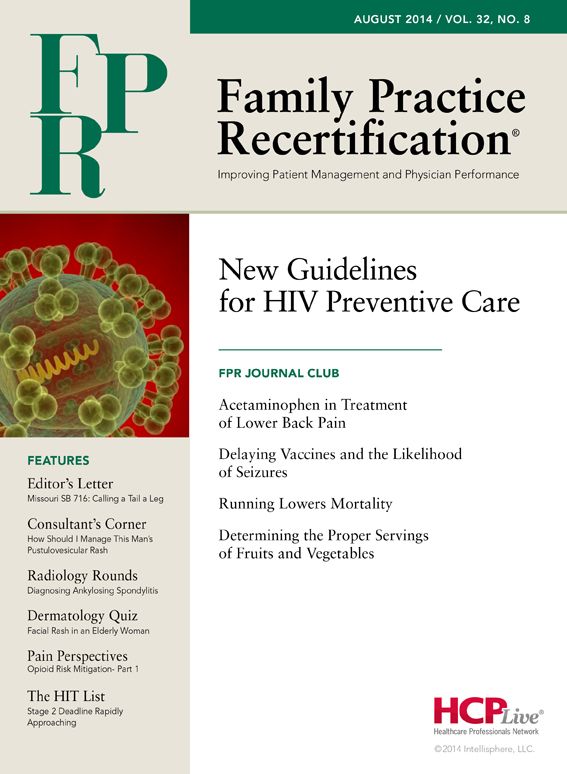Publication
Article
Family Practice Recertification
Stage 2 Deadline Rapidly Approaching
Author(s):
The end of September will mark the deadline set for hospitals across the country to reach Stage 2 of the Meaningful Use program for the year and that means the clock is ticking for health care professionals around the country to meet the goals set for them.

The end of September will mark the deadline set for hospitals across the country to reach Stage 2 of the Meaningful Use program for the year and that means the clock is ticking for health care professionals around the country to meet the goals set for them.
John Halamka, MD, recently discussed some of the successes and challenges he has seen as the deadline rapidly approaches.
Halamka serves as the Chief Information Officer of Beth Israel Deaconess Medical Center (BIDMC) in Boston, and holds other technology positions including chairman of the New England Healthcare Exchange Network. With just about one month to go before the deadline, he said his institution is close to reaching Stage 2 but that there is much more work to be done in the weeks ahead.
“The trajectory is very positive but the position is less than perfect,” he said. “Hospitals are struggling with patient view/download/transmit and provider/provider transition of care summaries.”
At his hospital, Halamka said they have completed many of the milestones including recently reaching one million medication doses prescribed using their “self built iPhone/iPad- based electronic medication record.”
Looking at the process of reaching Stage 2, Halamka said the challenge for some hospitals is working with other institutions that have not advanced as far in the process as they are. “Eligible professionals, often with limited resources, are implementing Stage 2 certified software less rapidly than hoped,” he noted.
The next hurdle, he said will be transition of care with a 10% transaction volume.
“Although BIDMC has been sending clinical transactions for years, the number of trading partners capable of receiving Meaningful Use Stage 2 is limited, especially small clinician offices.”
Even while working with larger partners to reach their goals Halamka said the process can seem arduous at times even if the end result looks to be beneficial to everyone.
“It’s not entirely under our control since the transitions of care requirement depends upon an ecosystem of connectedness that is still evolving,” he said. “On some days it feels that we have the only fax machine in town and thus it’s hard to fax.”





